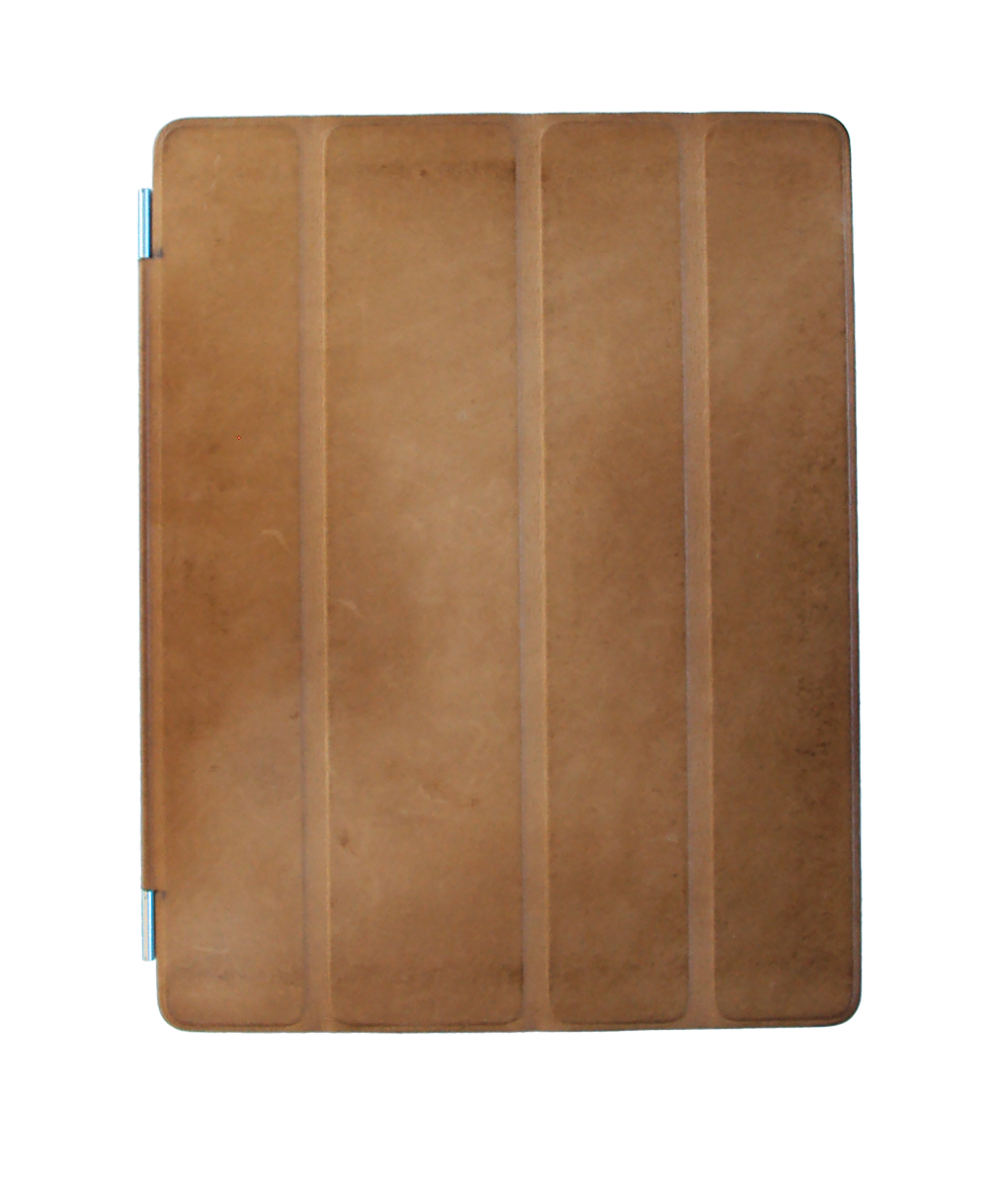Waterloo’s Perimeter Institute had a very public celebration of the opening of its new Stephen Hawking Centre on September 16, 17, and 18. I’m only getting around to marking that celebration now, but that doesn’t mean that I wasn’t floored by the experience of attending many of the events over those three days.
My family and I, in various combinations, enjoyed a tour of the new facility, the Physica Phantastica exhibit, three different pubic lectures (George Dyson, Hod Lipson, and Julie Payette), and a Science in the Pub session on creativity. Wow.
The highlight for me, though, was to be in the audience for the introduction of Xiao-Gang Wen as the first holder of PI’s Isaac Newton Chair. That was a moment that was striking for any number of reasons, not least being the presence of the Perimeter Institute’s founding benefactor Mike Lazeridis, who clearly has a real interest in its mission and success.
The variety of events was amazing, and the crowds that turned out to mark the occasion and celebrate science are a great indication of the pride and support in the community for PI. In turn, the visible and ongoing commitment by PI to its Public Outreach program makes for an thoroughly engaging community experience.
What an extraordinary institution to have in this community.

